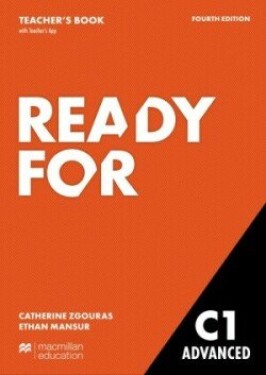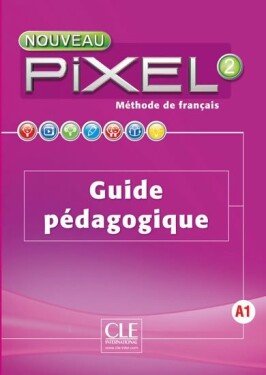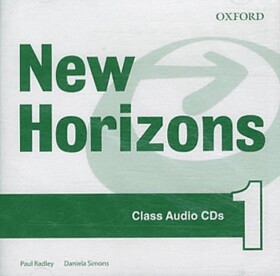Popis produktu
<p>Romeo and Juliet + CD audio About the series: The series Adult ELI Readers is divided into 6 levels according to the language level of the readers. It's in line with the indications of the Common European Framework of Reference for Language and comprise useful language certification exercises. This ensures that learners will meet language and structures they have already studied or which are commensurate with their level, making reading an achievable, enjoyable and stimulating experience. Stages: Stage 1 Elementary (600 headwords) A1 Stage 2 Pre-Intermediate (800 headwords) A2 KET Stage 3 Intermediate (1000 headwords) B1 PET Stage 4 Upper intermediate (1800 headwords) B2 FCE Stage 5 Advanced (2500 headwords) C1 CAE Stage 6 Profi ciency Unabridged Texts C2 CPE About Romeo and Juliet + CD audio: Stage 2: Pre-Intermediate (800 headwords) A2 KET The story of Romeo and Juliet is probably the most famous love story of all time. It is set in mediaeval Verona and follows Romeo, son of the house of Montague as he falls in love with Juliet, daughter of the rival house of Capulet. The story moves quickly towards its conclusion as bitter hate and ancient rivalry lead to tragedy. William Shakespeare’s play is retold here as an exciting story, making it accessible to learners of English. The book contains: -The Before You Read Activities section contains pre-reading activities. -The text is divided into chapters and is equipped with a glossary at the bottom of each page. -The After-Reading Activities section, at the end of each chapter, eases memorization and comprehension and rounds off with one or more Pre-Reading activities to pre-teach the vocabulary and structures in the subsequent chapter. -Useful dossiers focussing on culture and the author are supplied in the classics series. -The Test yourself section offers activities which take into account the whole story. -Syllabus. Syllabus: Verb tenses - Present Simple: states, habits, systems and processes (and verbs not used in the continuous form), Present Continuous: present actions, Past Simple: past events, Past Continuous: parallel past actions, continuous actions interrupted by the Past Simple tense, Past Simple vs Past Continuous, Future reference: Present Continuous, going to, will, shall, Present Simple, Present Perfect Simple: recent past with just, indefinite past with yet, already, ever, never, unfinished past with for and since, Present Perfect v Past Simple Modal verbs - can: ability, requests, permission, can’t: deny possibility, could: ability, requests and suggestions, will future reference, offers, promises, predictions, would…like: offers, requests, would for desires, preferences, shall: suggestions, offers, plans, should (present and future reference) advice, may (present and future reference) possibility, must: personal obligation, mustn’t: prohibition, have (got) to: external obligation, need (to)/needn’t for necessity Verb forms and patterns - Regular and common irregular verbs, Affirmative, negative, interrogative, Imperative: 2nd person and let’s, Passive forms: Present Simple and Past Simple, Short questions (Can you?) and Short answers (No, he doesn’t), Infinitives (with and without to) after verbs and adjectives, Gerunds (verb + -ing) after prepositions and common verbs, Gerunds (verb + -ing) as subjects and objects is/was/has been able to, to + infi nitive after what/where etc, Question tags: positive tag following negative statement and vice versa, Common phrasal verbs with nontransparent meanings so do I/ neither do I Sentence types - Main clause, Sentences with more than two main clauses, Sentences with one main and one subordinate clause, Subordination (in the Present Simple or Present Continuous) after verbs such as: to be sure, to know, to think, to believe, to hope, to say, to tell, Subordination after: because, when, where, if (zero conditionals), Co-ordination: but, and, or, and then, Zero and first conditional, Defining relative clauses (but not embedded) with: who, which, that, zero pronoun, where, Clauses with wh words, Clauses ending in so, not, Reported speech with to + infinitive Participle clauses Adjectives/nouns + that clause to for purpose In this Reader you will find: - Information about William Shakespeare’s life - Sections focusing on background and context - KET-style activities - Exit test</p>


 Docvičování psaní Hana Mikulenková
35 Kč
od 3 obchodů
Docvičování psaní Hana Mikulenková
35 Kč
od 3 obchodů
 Ready for Advanced (4th edition) Teacher's Book with Teacher's App - APP PK
1 289 Kč
od Dobre-knihy.cz
Ready for Advanced (4th edition) Teacher's Book with Teacher's App - APP PK
1 289 Kč
od Dobre-knihy.cz
 Nouveau Pixel 2 A1: Guide pédagogique - Sylvie Schmitt
557 Kč
od Dobre-knihy.cz
Nouveau Pixel 2 A1: Guide pédagogique - Sylvie Schmitt
557 Kč
od Dobre-knihy.cz
 New Horizons 1 Class Audio CDs /2/ - Paul Radley
782 Kč
od Dobre-knihy.cz
New Horizons 1 Class Audio CDs /2/ - Paul Radley
782 Kč
od Dobre-knihy.cz